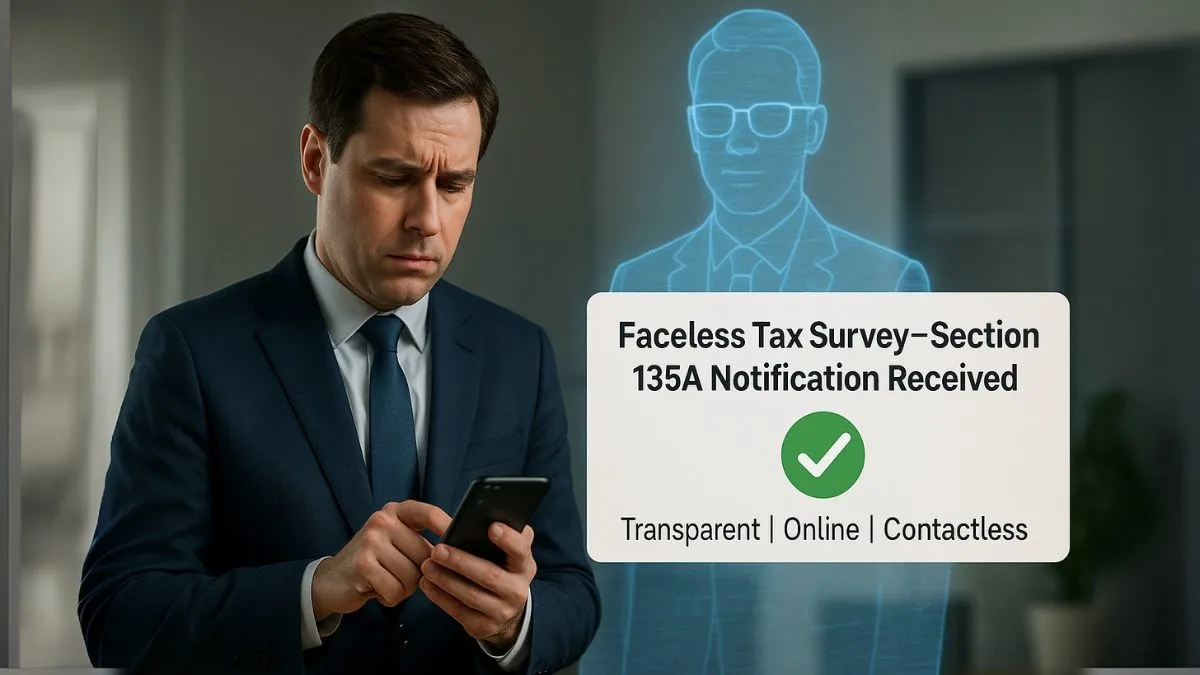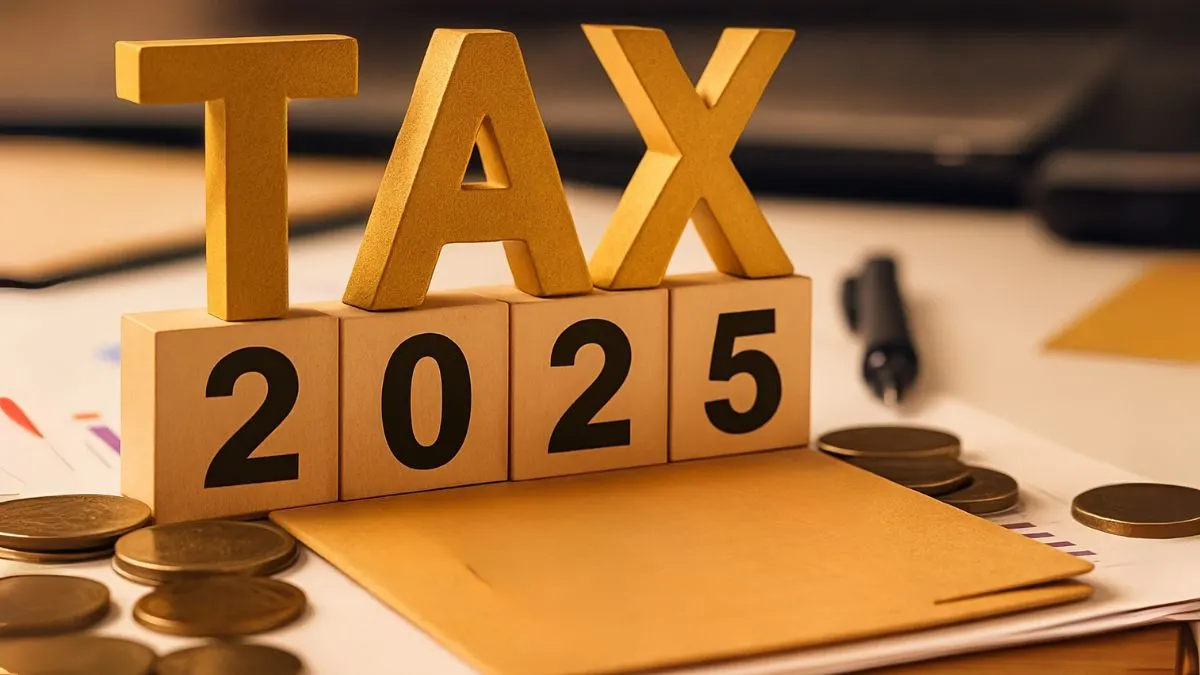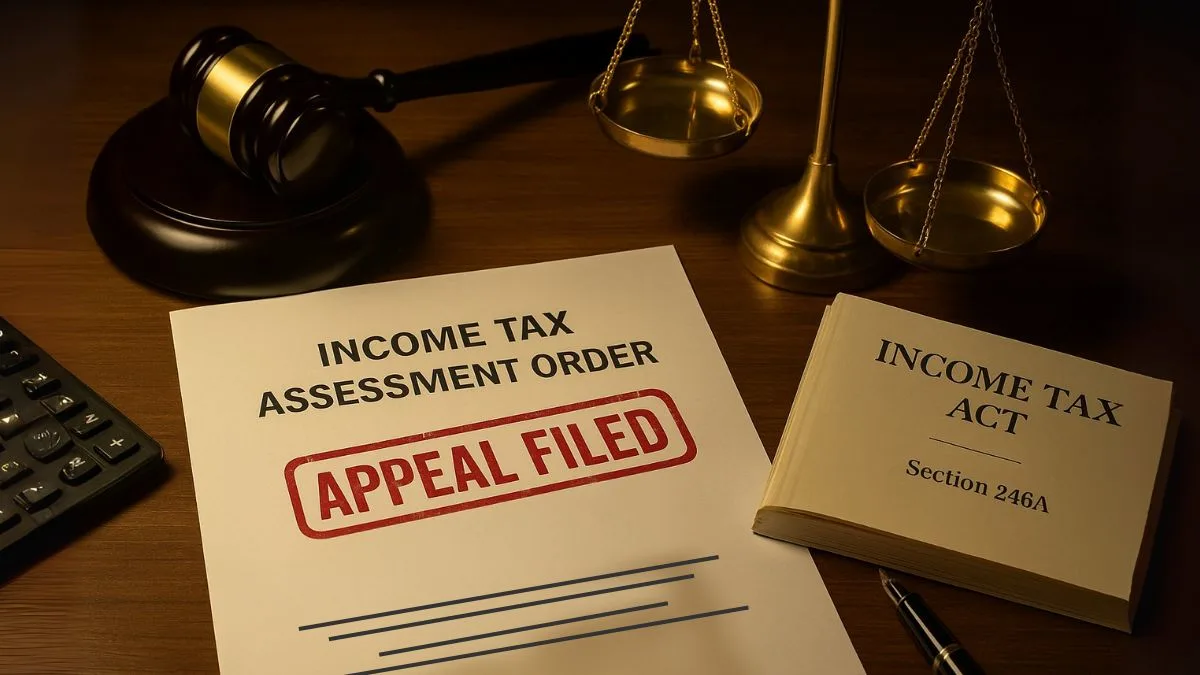
Section 135A of the Income Tax Act is a relatively new provision aimed at enhancing transparency & efficiency in the Indian income tax administration. This section specifically deals with the Faceless Collection of Information, a concept introduced to bring more accountability & less human intervention in gathering financial data. Let’s dive deeper into what Section 135A of the Income Tax Act means, its key provisions, & its implications for taxpayers in India.
What is Section 135A of the Income Tax Act?
Introduced through an amendment to the Income Tax Act, 1961, Section 135A of the Income Tax Act focuses on streamlining the process of data collection by enabling the Income Tax Department to gather information electronically. This provision mandates that taxpayers cooperate with requests for additional information as & when required.
In simple words, Section 135A lays the groundwork for the government to collect tax-related information in a faceless, digital, & time-bound manner—eliminating physical interactions & making compliance easier for everyone involved.
Purpose of Section 135A: Why was it Introduced?
The main aim behind introducing Section 135A of the Income Tax Act is to:
- Reduce direct interaction between taxpayers & tax officers, thereby minimising the chances of corruption or bias.
- Promote the use of technology for efficient Faceless Collection of Information.
- Bring about transparency & better record-keeping in income tax proceedings.
- Implement the broader vision of Digital India in the tax ecosystem.
What Does Section 135A Require?
One of the core requirements under Section 135A is that taxpayers must disclose additional information in their tax audit report when requested. This is particularly important for businesses, professionals, & high-net-worth individuals who may fall under scrutiny for specific financial transactions.
For example, if a taxpayer is filing a return & certain financial patterns trigger an alert within the Income Tax Department’s system, a notice under Section 135A of the Income Tax Act may be issued asking for more clarification or details. The taxpayer must respond to this digitally, without any in-person appearance.
This aligns perfectly with the Faceless Assessment & Faceless Appeal systems that have already been implemented in India.
How Does the Faceless Collection of Information Work?
Under Section 135A, the Principal Chief Commissioner of Income Tax (PCCIT) or any other authorised officer can initiate requests for information without revealing the identity of the assessing officer. This ensures neutrality.
The information can include:
- Financial transaction details
- Bank statements
- Investment proofs
- Tax audit findings
Everything is conducted online through the Income Tax e-filing portal, ensuring speed & efficiency."
Benefits of Section 135A of the Income Tax Act
- Transparency: Since everything happens digitally, there is clear documentation of every communication.
- Efficiency: Automated systems reduce delays caused by manual processing.
- Convenience: Taxpayers can respond to queries without visiting the Income Tax office.
- Improved Compliance: Encourages taxpayers to maintain clean financial records.
What is the Scheme Notified Under Section 135A?
The scheme notified under Section 135A of the Income Tax Act lays down the operational framework for the Faceless Collection of Information. It outlines:
- The authorities responsible
- The process of issuing notices
- The timeline for submission of responses
- Modes of digital communication
This ensures that the system is uniform across the country, leaving little room for discretion or inconsistency.
When is Section 135A Applicable?
The provision applies to any person or entity from whom additional information is sought by the Income Tax Department during or after filing. It is applicable across India & applies to both individual taxpayers & organizations.
Taxpayers must be vigilant in checking their emails & the income tax e-filing portal for any notices or communications under Section 135A of the Income Tax Act."
Penalty for Non-Compliance
Ignoring a notice under Section 135A or failing to furnish the requested information within the specified timeline can lead to:
- Penalties
- Delay in processing refunds
- Possible scrutiny assessment or further action under other sections of the Income Tax Act, 1961
Real-Life Scenario
Imagine you filed your ITR showing significant capital gains from equity markets, but the system flagged a mismatch in your bank account inflows. You might receive a notice under Section 135A asking for clarification along with your tax audit report & supporting documents. Responding digitally within the timeline ensures smooth closure of the query without complications.
Conclusion
Section 135A of the Income Tax Act is a step in the right direction towards creating a transparent, faceless, & hassle-free taxation environment in India. By requiring taxpayers to disclose additional information in their tax audit report & supporting the Faceless Collection of Information, this provision empowers both the Income Tax Department & the honest taxpayer.
Timely compliance under this section can save you from unnecessary complications, penalties, or delays in refund processing.
👉 Need help responding to an Income Tax notice or filing your return? Visit Callmyca.com to get expert assistance & make tax compliance stress-free!











